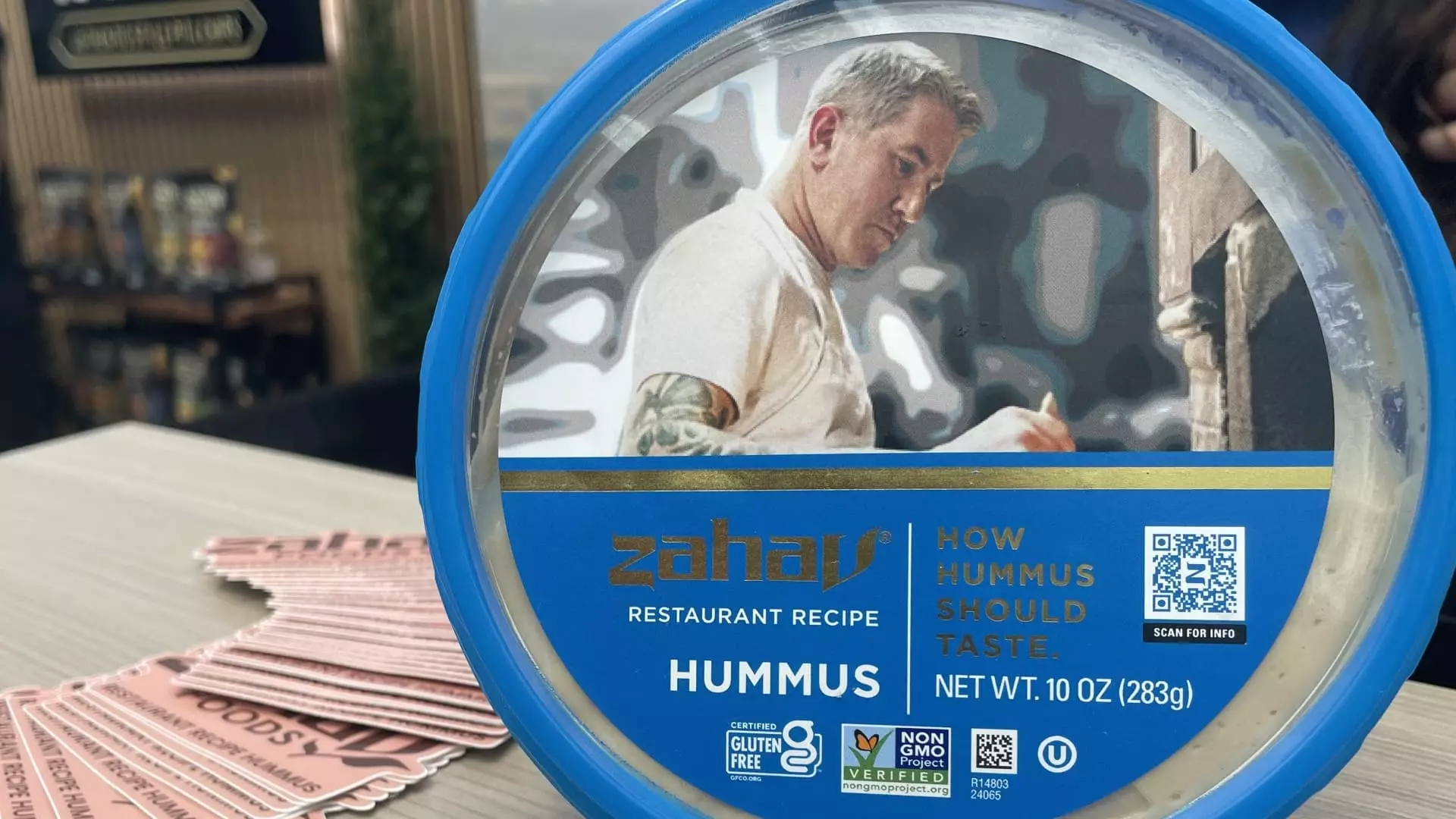Recent culinary exhibitions, such as the Summer Fancy Food Show, reveal an industry obsessed with chasing the next big thing. While new condiments, flavor infusions, and ingredient modifications might seem innovative, they often mask a deeper decline in genuine culinary creativity. The prevailing focus on trend-chasing—be it “swicy” concoctions or infusions of exotic flavors—serves more as a marketing tactic than a meaningful step forward in food culture. Instead of fostering true innovation rooted in tradition, present-day food trends tend to commodify novelty for fleeting consumer interest. The danger here is that such fleeting fads divert attention from building enduring culinary practices—when instead, consumers are bombarded with a never-ending stream of superficial novelties designed primarily to generate buzz.
This superficial approach creates a false sense of progress but ultimately undermines the authentic development of taste, craftsmanship, and culinary heritage. When food brands elevate gimmicks over quality, what we see is a marketplace increasingly driven by marketing hype rather than meaningful culinary evolution. The so-called “trends”—whether infused oils, expensive mustards, or sweet-spicy sauces—often lack staying power and fail to forge deep culinary identities. They are, after all, largely motivated by social media hype and consumer impatience. The industry continues to chase after TikTok viral hits or Instagram-worthy concoctions, losing sight of the cultural and gastronomic roots that sustain true culinary excellence.
Market Echo Chambers and the Deflation of Authentic Culinary Expression
The phenomenon of trend orchestration reveals a paradox: for all the talk of innovation, what dominates the marketplace are recycled notions dressed up as revolutionary. Take the case of “swicy”—the sweet and spicy flavor combination—becoming ubiquitous in grocery aisles and restaurant menus. While the flavor mix is undeniably appealing, its prevalence exposes how marketing sometimes substitutes for genuine culinary progress. Food companies are capitalizing on consumer cravings for quick satisfaction rather than pushing the envelope of flavor complexity or culinary integrity.
Moreover, the exhibition’s display of “Dubai chocolate” or the brief hype around exotic ingredients highlights how susceptible the industry is to fads that might disappear almost as quickly as they arrive. These phenomena tend to be highly ephemeral, with little regard for sustainability or cultural significance. As a result, the food industry risks becoming a playground for superficial trends—more concerned with capturing short-term consumer attention than nurturing authentic, meaningful food experiences. This cycle doesn’t cultivate culinary heroes or durable regional cuisines; it merely sustains a culture of fleeting novelty that leaves the consumer craving the next hit.
The strategic marketing of ingredients like infused oils or unique mustards often overshadow the importance of quality, heritage, and traditional techniques. The focus shifts from wholesome, time-honored methods to quick, eye-catching updates designed for social media virality. This is a lamentable step back from the artistry that should define culinary craftsmanship, replaced instead by a game of ever-changing flavors engineered for immediate gratification.
What’s Really Driving Consumer Choices? The Hidden Power of Cultural and Political Currents
While the food industry appears preoccupied with trends, broader societal factors also influence what we see and eat. Recent campaigns promoting beef tallow as a “healthier” alternative—supported by political figures with agendas—illustrate how food trends become intertwined with ideological battles. The promotion of beef tallow as a “healthy” fat is not merely about flavor; it’s driven by political narratives emphasizing self-sufficiency and American tradition in opposition to what some laments as the overreach of “big health” and “big food” corporations.
This politicization of food serves a dual purpose. It appeals to consumers longing for authentic, traditional ingredients in a time of environmental and health anxieties, while also fostering a sense of nationalist pride. Yet, such trends often overlook scientific consensus or nutritional realities, reflecting a prioritization of ideology over evidence. When government figures lend credibility to items like beef tallow or other historically controversial ingredients, it fuels a cycle of misinformation and binary thinking—either you’re for “clean eating” or embracing “authentic American” staples. The middle ground, where nuance and moderation are essential, gets lost in this polarized landscape.
Additionally, the decline of plant-based foods at the show underscores a shift in consumer priorities. Once celebrated as the future of food, plant-based alternatives now face skepticism and dwindling interest—especially as consumers grow more discerning and demand taste and authenticity over trendy labels. The industry’s focus on combining culinary pleasure with health and tradition is evident in the renewed interest in rich animal fats like beef tallow, which are championed as part of a nostalgic or even patriotic revival.
Authentic Food? It’s in the Details, Not the Trends
True culinary excellence is rooted in craftsmanship, tradition, and a deep understanding of ingredients, rather than the transient appeal of “buzz food.” The efforts of small, passionate producers—like those making infused oils or artisanal mustards—are proof that authenticity still exists if consumers are willing to look beyond superficial trends. These products, often crafted with care and rich in history, hold more potential for meaningful culinary impact than the latest TikTok viral hit.
The trend of chefs selling their signature sauces directly to consumers is a positive sign. It signals a shift towards preserving craftsmanship and sharing culinary heritage, rather than merely riding the wave of fleeting fads. Yet, even this development risks commodification if not rooted in genuine culinary passion and tradition. It challenges consumers and industry insiders alike to discern between marketing gimmicks and products that truly elevate the culinary experience.
Finally, it’s important to question whether our obsession with the new—whether infused condiments or “swicy” flavors—serves a higher purpose or merely fills a void created by consumer impatience. Genuine food innovation, after all, should deepen our appreciation for flavors, techniques, and cultural histories. Instead of being dazzled by superficial novelties, consumers and chefs alike ought to prioritize ingredients and practices with enduring value, fostering a culinary landscape that respects its roots rather than constantly chasing ephemeral trends.

